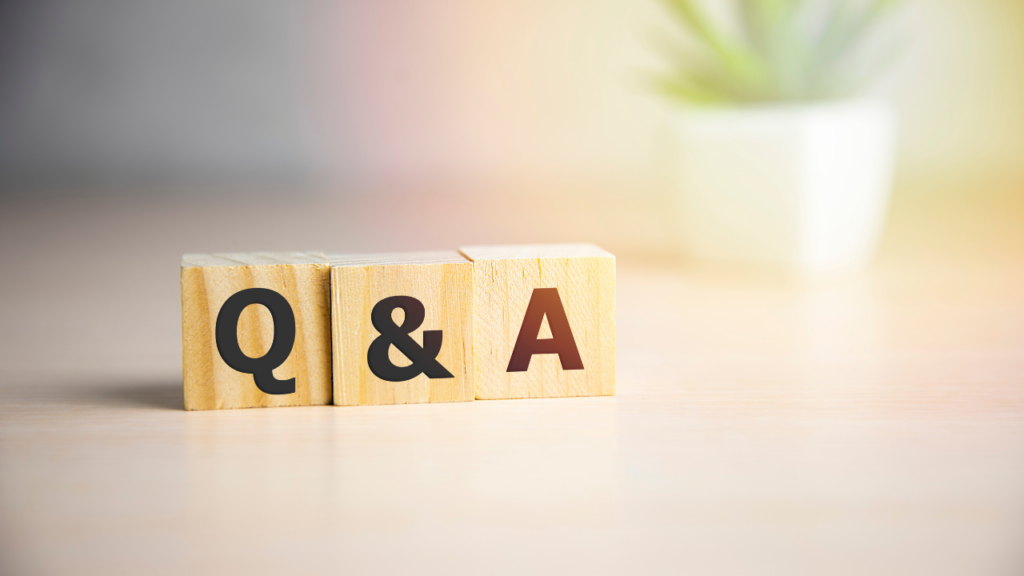After a little while of starting piano, many beginners face the wall where they can somehow play the melody with the right hand, but the left-hand accompaniment lags behind and stops the music.
This time, we’ll break down the 3 main reasons why the left hand doesn’t move smoothly and introduce step-by-step training you can do for just 10 minutes a day, along with 3 recommended practice pieces by level.
Why Doesn’t the Left Hand Move? — 3 Common Reasons Beginners Struggle

1. Most people are right-handed
Since the left hand is usually not the dominant hand, it has fewer chances to make fine movements in daily life. As a result, its muscle strength and nerve coordination are underdeveloped.
2. The left-hand role feels less important
Beginners tend to focus on the right hand playing the melody, while the left-hand accompaniment feels secondary. This results in insufficient practice for the left hand.
3. Rhythm mismatch
When the right and left hands play different rhythms, it becomes more difficult for the brain to process.

Recommended Practice Methods for Those Who Struggle with the Left Hand

When practicing the left hand, focus on “relaxed, slow, and even”. The top priority is making sure the depth and volume of each keypress is consistent.
Keep your elbows slightly forward, don’t drop your wrists, and feel your fingertips pulling inward. Prioritize stability over speed, aiming to stay steady with the metronome.
Even with short practice sessions every day, muscle strength and nerve coordination will improve, and after about 4 weeks you should feel smoother and more stable.
3 Recommended Practice Pieces for the Left Hand [By Level]
Beginner (late Beyer to early Burgmüller)
Bach’s “Minuet in G Major” features many simple broken chords in the left hand. Mastering this piece is the first step toward left-hand independence.
Intermediate (late Burgmüller to Czerny Op.30)
The opening of Beethoven’s “Für Elise” uses a repeated four-bar arpeggio pattern, making it perfect for strengthening the left hand.
Step Up to Advanced
Bach’s Invention No.8 contains many measures where the left hand carries the main melody, helping you develop both touch control and finger independence.
First practice each hand separately at tempo 60. Once the balance is steady, combine both hands and gradually increase the tempo.
Since this piece demands accuracy, endurance, and volume control, once you have built a solid foundation with intermediate pieces, be sure to challenge yourself and expand your left-hand expression.
Recommended Hanon for Daily Warm-Up
Hanon No.1 is made up of a simple pattern ascending and descending within one octave in semitones, making it ideal as an exercise to move both hands’ fingers evenly.
Start at tempo 60, and once each note is even, gradually increase the tempo.
Even just 5 minutes of Hanon every day will improve your balance between hands and consistency of keystrokes.
Frequently Asked Questions

Q. How many minutes should I practice per day?
A. Short, focused sessions done frequently are best. Even 10 minutes per session is fine—try adding it into your daily warm-up routine.
Q. I can’t balance the volume between my hands.
A. Record yourself with your phone and listen objectively—you’ll clearly notice what to fix.
Q. Does practicing on a digital piano work?
A. Yes, as long as it has hammer action keys. If the keys are light, play with a shallower touch and focus on fingertip control.
Overcome the Weakness of the Left Hand!

The reasons why the left hand doesn’t move well include lack of muscle strength, experience, and rhythm awareness.
However, by practicing with awareness of “relaxed, slow, and even”, and working through left-hand strengthening pieces step by step by level, you’ll surely feel your left hand becoming smoother.
Even short daily practice is the shortcut to progress. Start strengthening your left hand today and gain the ability for free and effortless two-handed performance!
